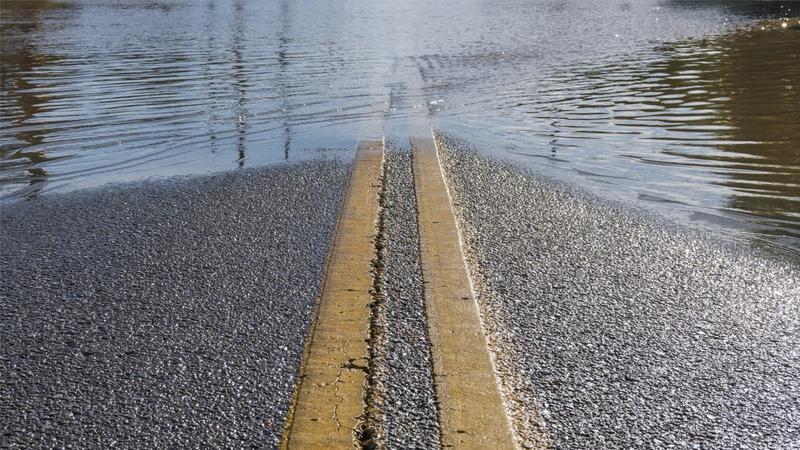- The average cost to repair a flooded basement is $43,000.
- Installing a backwater valve may require a permit. To encourage homeowners to install one though, many cities offer a subsidy to offset the cost.
- Sewer backup insurance is an optional add-on to the standard home insurance policy.
Basement flooding in a home is never pretty, particularly when it involves a sewer backup. A backup usually occurs when your local sewage system’s capacity is exceeded due to heavy rainfalls, causing wastewater to reverse course. Instead of leaving your home for good, the wastewater returns through the pipes into your home.
A flooded basement is a dreadful mess and can cause thousands of dollars in damages. In 2018, estimates had the average cost of repairs for a flooded basement sitting at $43,000. Three years later, and you can bet this has increased.
One of the tools at a homeowner’s disposal to minimize the risk of a flooded basement due to a sewer backup is the backwater valve.
What is a backwater valve? How does a backwater valve work?
A backwater valve is a device that is attached to the home’s sewer line beneath your basement floor. Within the backwater device is a gate. The gate is similar to a draw bridge in that it opens down and closes up.
When things are working as they should, the gate is in the open position to allow wastewater to exit the house. However, there are floats underneath that gate that, when water begins to reverse course, force the gate to close. In this closed position, the gate is your home’s primary defence against wastewater from entering. It minimizes the chance that wastewater will come up through your basement’s floor drains, sinks, toilets, or showers.
When the crisis is over — when the back-up recedes — the gate will reopen on its own with gravity. Once there is no wastewater holding it closed, the gate will return to its flat, open position.
During heavy rains or other times when you may experience localized flooding, keep an eye on your backwater valve. If it is in a closed position, it’s essential that you don’t use the plumbing services in your home during this time. Think about it. If the gate is shut, and you run the dishwasher, take a shower, flush the toilet, or do a load of laundry, where is the water to go? Nowhere except to stay within your home. You need to wait for the crisis to subside before using any water.
Installing a backwater valve is not a DIY project
A qualified plumber must install a backwater valve. It is attached to the home’s sewer line beneath your basement floor. As a result, many cities and municipalities require a permit for installation to ensure the work is done properly and to code.
It makes sense, given the damage it could cause if not done by a professional.
The good news is you may qualify for a subsidy to install a backwater valve. For example, in Toronto, the city is willing to pay up to 80% of the cost to install one (to a maximum of $1,250). If you’re doing a sump pump as well, there are often subsidies for this too.
Minimize the risk of sewer backup
While a backwater valve will help stop a backup, it’s best to prevent a backup from starting in the first place. While there’s little you can do about the sewer system beyond your property, there are preventative measures you can take at home.
Never flush or pour down a sink or drain:
- Fats, oils, or grease
- Food scraps or coffee grinds
- Baby or hygiene wipes, even if they say they’re flushable or biodegradable
- Paper towel or rags
- Personal care items like dental floss, Q-tips, diapers, cotton balls, band-aids, menstrual products, or condoms
- Cigarettes
If it’s not water, toilet paper, or human waste, it should not be going down your home’s pipes.
Sewer backup and your home insurance
When it comes to damages caused by a sewer backup, your home insurance will only kick in if you have sewer backup coverage. However, not all homeowners have this coverage as it is an optional add-on to the standard home insurance policy. It’s also not cheap, which is why it is key to shop around for the best-priced home insurance.
Adding sewer backup insurance to your policy will likely cost you a couple of hundred dollars a year. Compared to forking over $43,000 to repair a basement, it’s certainly worth considering getting, though, especially if your neighbourhood is prone to flooding.
